Chemnitz in the Saxony region, Chemnitz is a city that attracts travelers with various interests.Chemnitz is famous for its impressive collection of architectural wonders. The Karl Marx Monument, towering over 7 meters high, is an iconic symbol of the city. Walking through the city center, you can admire the impressive mix of modern and historic architecture, where beautifully restored buildings sit next to modern structures.
And Kunstsammlungen Chemnitz offers a rich collection of modern and contemporary art. The Gunzenhauser Museum is another treasure, showcasing an impressive collection of works by renowned artists.
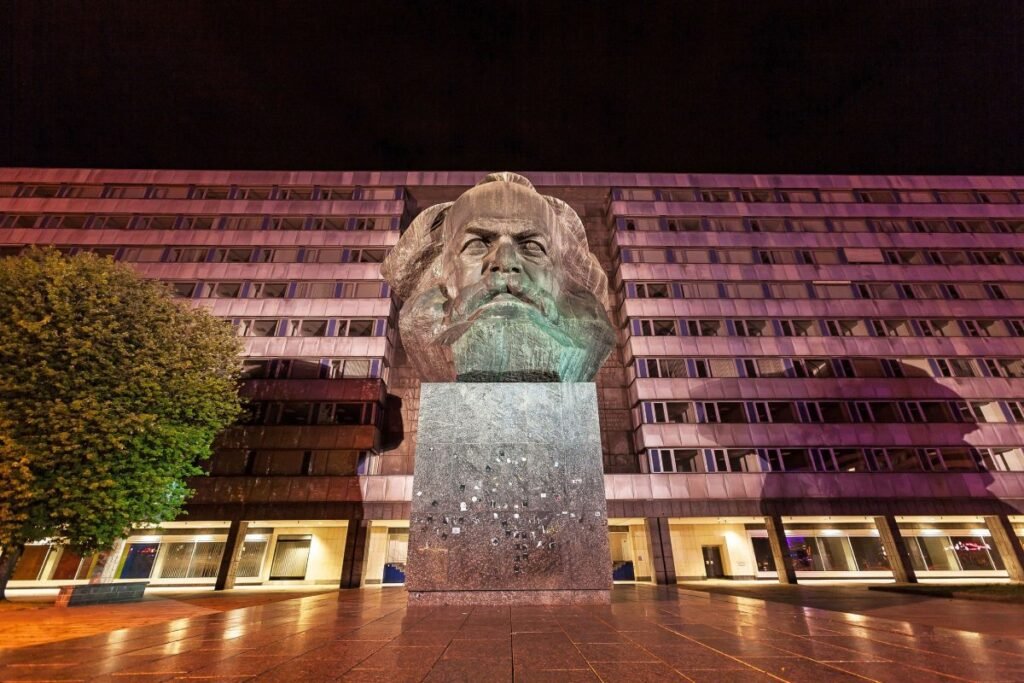
Location
Chemnitz is a city located in south-eastern Germany, in Saxony, on the Chemnitz River, at the foot of the Ore Mountains. The city is surrounded by the Ore Mountains to the south and the Central Saxon Hill Country to the north.
Industrial Museum Chemnitz
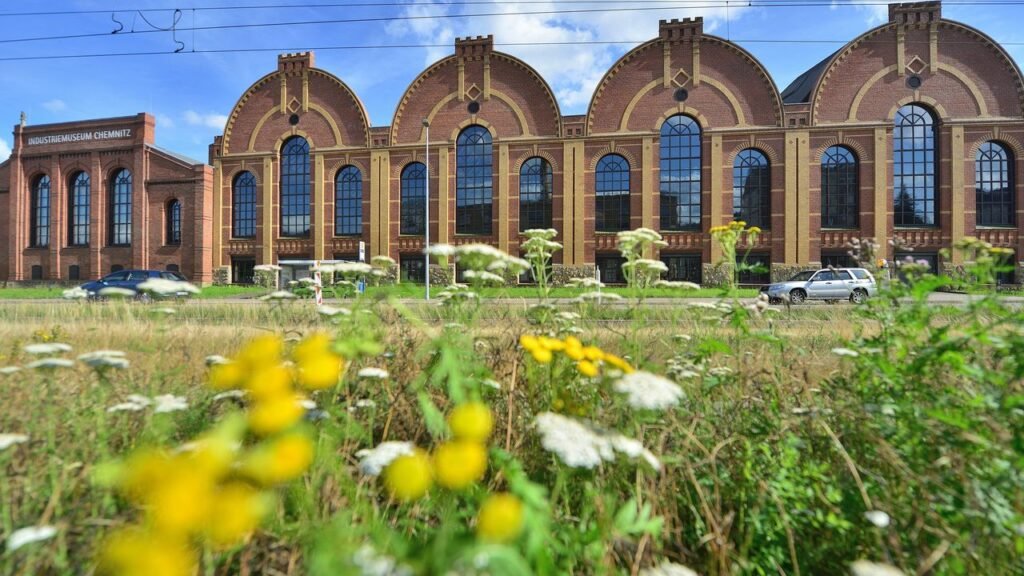
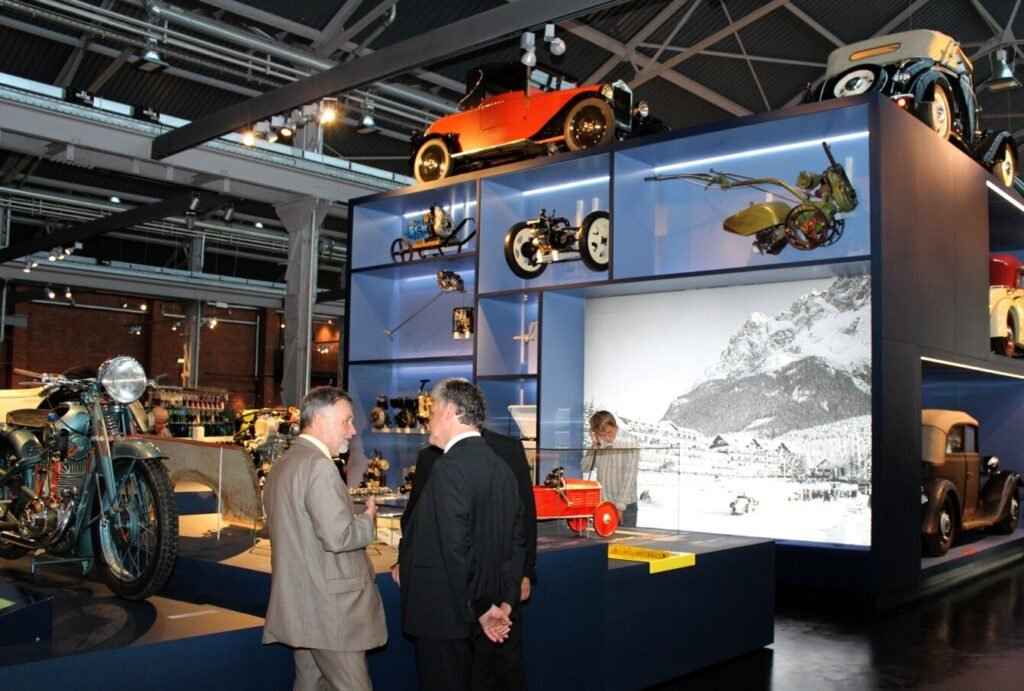
The Chemnitz Industrial Museum is an extensive collection devoted to the industrial history of Saxony in Chemnitz and is part of the Saxon Industrial Museum. The exhibition focuses not only on the technological aspects of industrial development, but also illustrates social conditions in the industrial era. The exhibition is structured around people; Saxons, businessmen, families, workers.
Karl Marx monument in Chemnitz

The Karl Marx Monument is the most famous symbol of the city of Chemnitz. It was created after the city’s name was changed to Karl-Marx-Stadt in 1953. Behind the monument there is an inscription “Proletarier aller Länder vereinigt Euch!”
(Workers of the world unite!) from the communist manifesto is installed on the building in four languages (German, Russian, English, French). Behind the monument there is the building of the former Rat des Bezirkes Karl-Marx-Stadt (district councilor of the GDR).
Theaterplatz

Theater Square is one of the most important squares in the city of Chemnitz. The architectural complex consisting of the Church of St. Peter’s Cathedral, the Opera House, the King Albert Museum and the Hotel Chemnitzer Hof are of particular value in the center of Chemnitz, which was severely damaged during World War II.

Kunstsammlungen Chemnitz

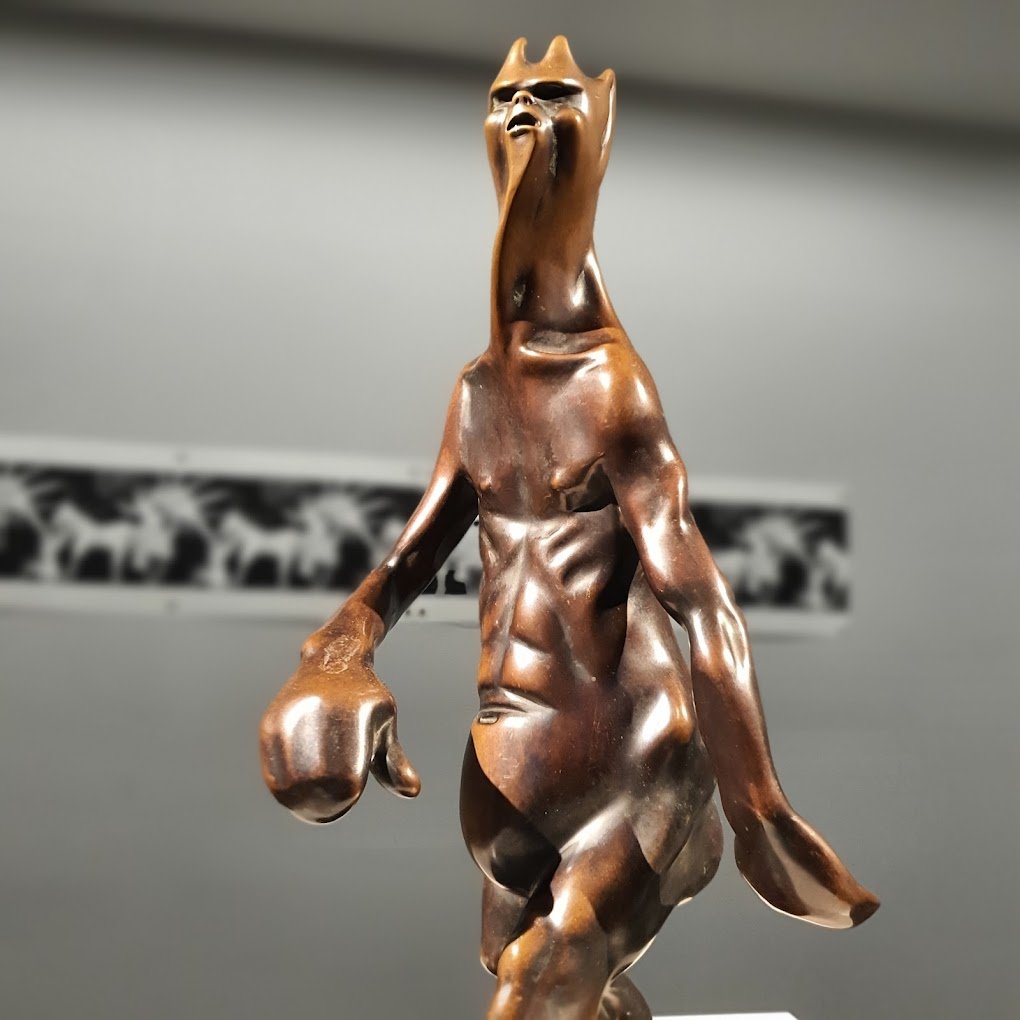
Located along Theater Square, the art museum presents large-scale temporary exhibitions, sometimes from its own collection of paintings, sculptures, prints, textiles and crafts. Its special assets include romantic painters (Caspar David Friedrich, Ludwig Richter) and sculptures by Degas, Rodin and Baselitz.
Rabenstein Castle
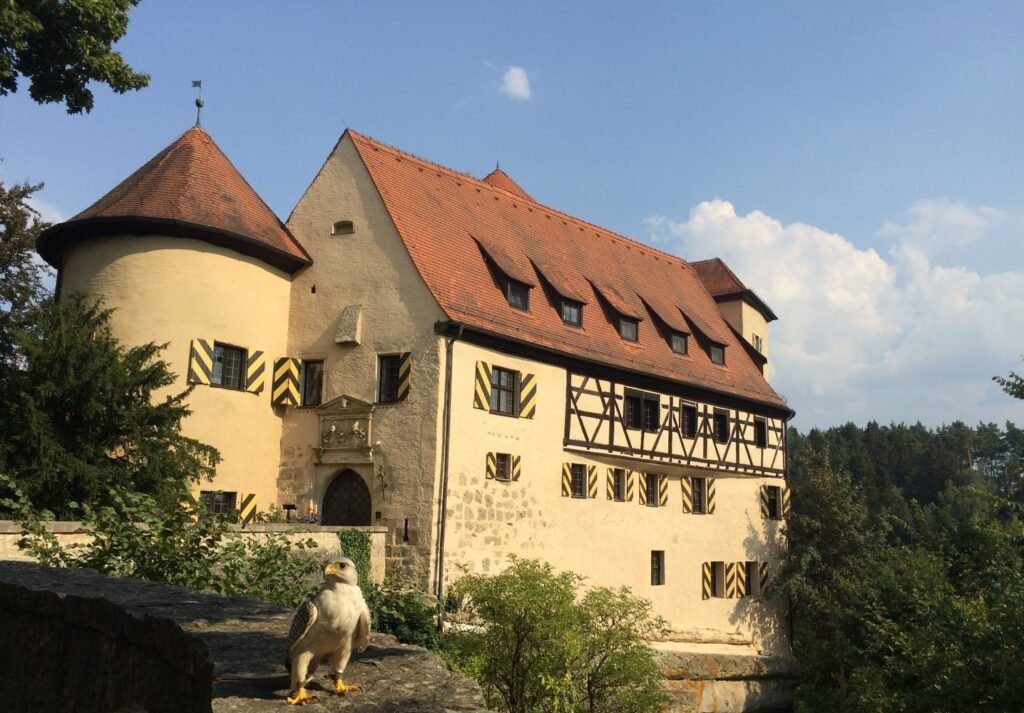
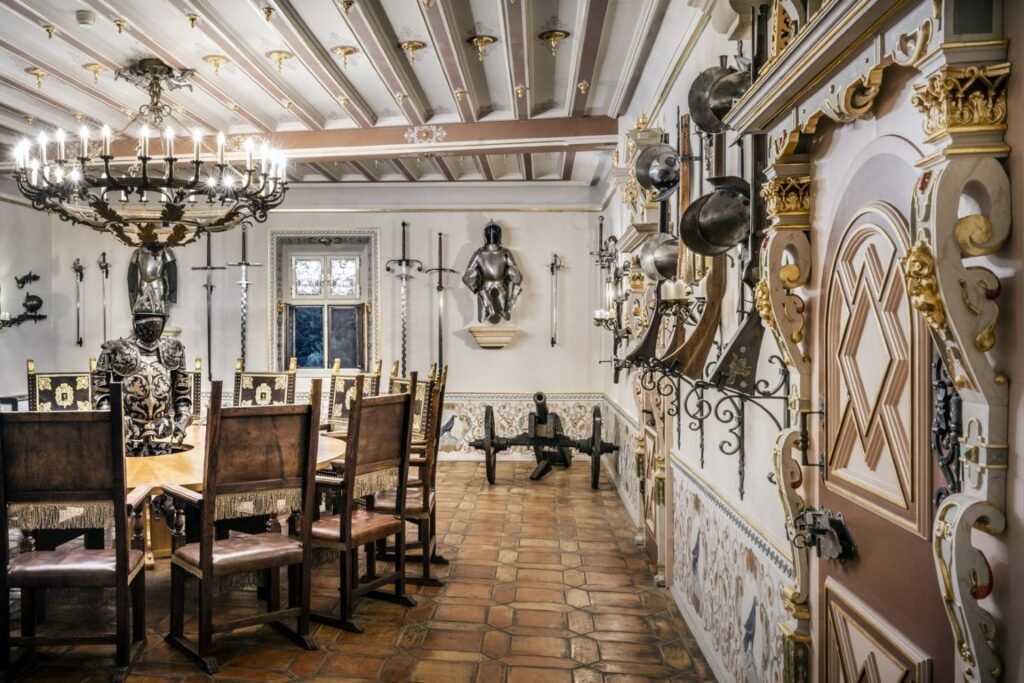
Rabenstein Castle is located in the Chemnitz suburb of Rabenstein and belongs to the Chemnitz Castle Hill Museum. It was built in the second half of the 12th century. The popular nickname “the smallest castle in Saxony” is somewhat misleading, as the buildings that still exist today are only the core substance of what was once a larger complex.
Traces of the castle’s eventful history from the centuries since the Middle Ages can be discovered in the castle and its surroundings: the small knights’ hall on the upper floor of the palace bears witness to the remodelling of the complex in the first half of the 17th century, the early Baroque period.
Roter Turm
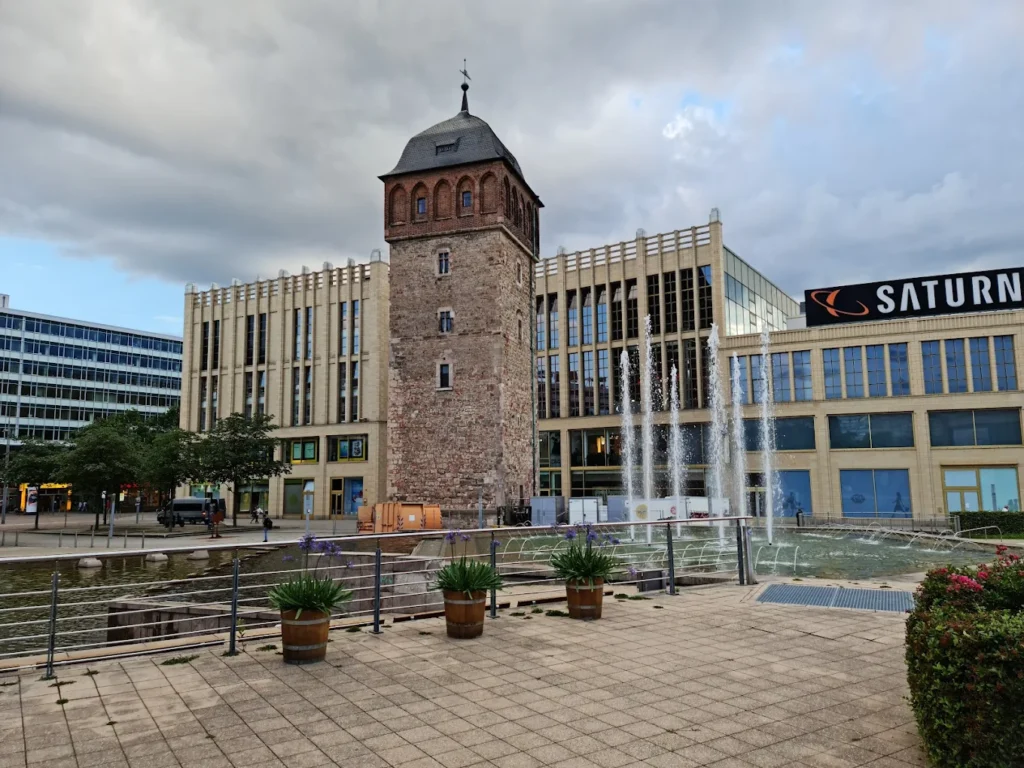
The oldest surviving building in the city and a former part of the city fortifications. The Red Tower was built at the end of the 12th century and is the city’s oldest landmark. The tower owes its name to the red color of the brick floor attached to it.
Over time, the Red Tower took on various functions: keep, part of the old city wall, prison and museum. The red tower is the oldest surviving structure and also one of the most famous landmarks in the city of Chemnitz. It was built towards the end of the twelfth century from predominantly red varieties of Chemnitz porphyry truff.
Museum of Saxon vehicles e.V.

The Stern Garage, one of the oldest preserved multi-story garages in Germany, is an ideal historical setting for approximately 200 exhibits from over 70 manufacturers. On an area of 1,000 square meters, visitors were presented with over 150 cars, motorcycles and bicycles from the end of the 19th century to the present day.
You can see racing and off-road vehicles, a contemporary workshop scene and the “Wanderer” and “DKW” brands. The Saxon Road Vehicle Museum aims to perpetuate the memory of companies such as Heros and Pesto, as well as Hekel, Oruk, Schüttof and DKW, which once flourished in Saxony.
Saxon Railway Museum
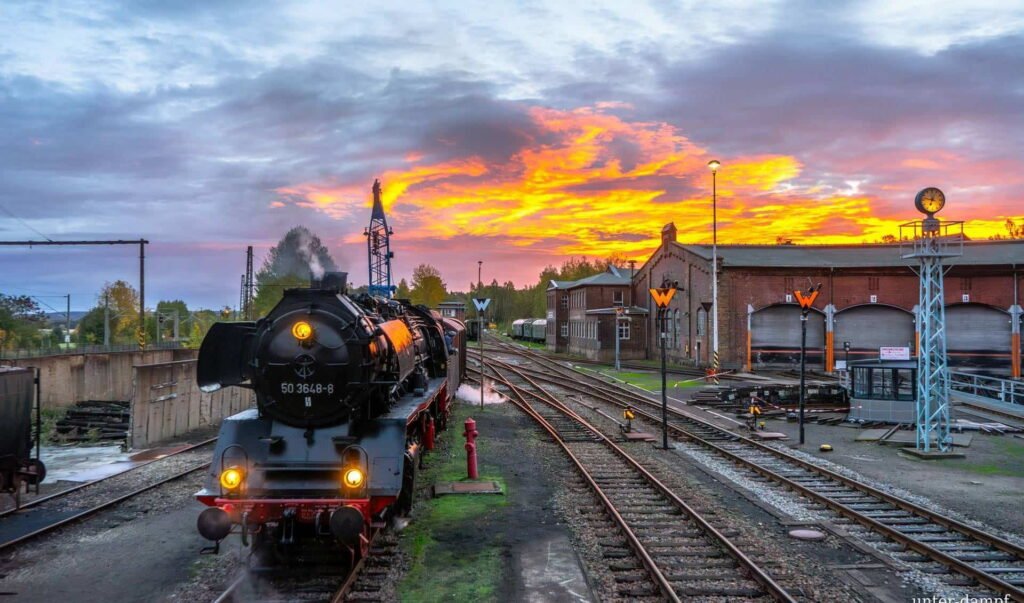
The Saxon Railway Museum presents the history of the railway on an area of approximately 26 hectares. Fifty locomotives from various eras, a functioning railway depot from the era of steam locomotives, as well as unique historic buildings and technical systems.
The museum offers a unique insight into the evolution of railway technology, displaying a diverse range of steam, diesel and electric locomotives. Visitors can see exhibitions that include not only locomotives, but also numerous railway wagons.

Chemnitz Zoo

For families with children, the local zoo is an ideal attraction. On 10 hectares you can see 200 different species. Main attractions include: tropical house and petting zoo. This zoo is home to many zoological rarities. The unique vivarium presents 60 species of amphibians.
